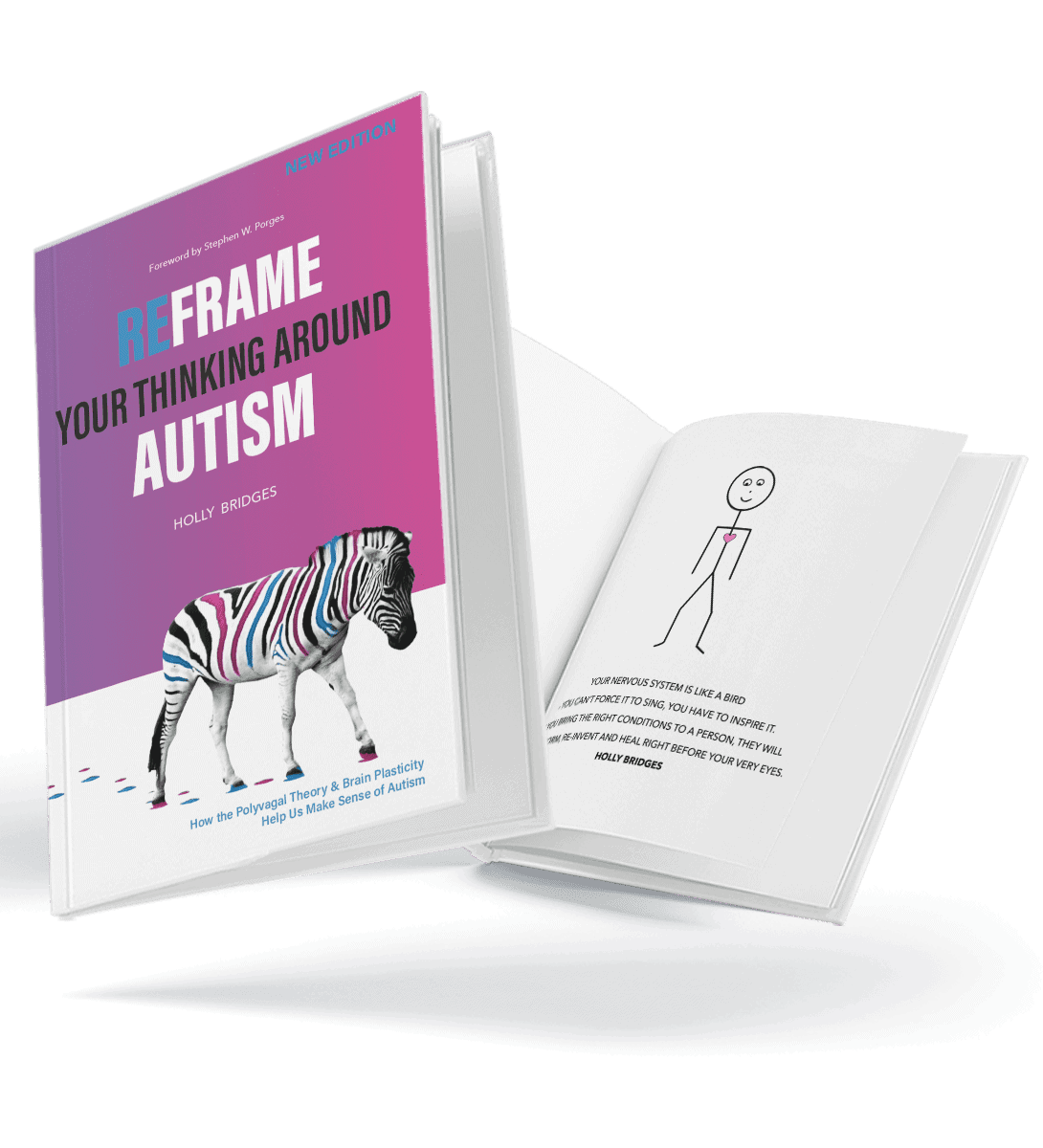WHAT IS A.R.T.?
The therapy focuses on building interoceptive awareness, fostering nervous system restoration, and creating a deeper connection between mind and body.
It is a subtle mix of psychology and somatics that is trauma and neurodiversity informed.
A.R.T. is easily available for those who find it difficult to sit still; to access their emotions; and/or their voice. While it looks simple, it requires a high level of sophistication on the part of the therapist and once learnt by the student – it becomes easy.
A.R.T. is applicable to all ages and stages of development.
A.R.T. AS AN INTERNAL MARTIAL ART
With A.R.T., we gently learn to befriend and master the body, bringing it back under our control.
Where we have been hijacked by the nervous system, we gradually build back relationship, connection and personal power that is sustained through individually sequenced exercises that are tailored to your needs. Throughout we build skills, self-awareness and self-trust.
Safely and intelligently, we seek to move people out of stuck hyper and hypo-vigilent states.
We aim to improve vagal tone, strength without willpower, flexibility without force or compliance.
We bring connection to self and connection to our world. Like learning to balance before you kick, A.R.T. starts with small internal shifts that create profound external changes.
TO BOOK A SESSION WITH HOLLY
WHAT PEOPLE HAVE TO SAY ABOUT A.R.T. THERAPY
ONLINE COURSES

6 Modules, Self-paced, Online Course
Learn the science and foundational practices of this compassionate, game-changing approach to therapy

A One Year, Self-Paced, Online course with Holly Bridges
Deep-dive into the science and practical application of Anxiety Reframe Technique
RESULTS FROM A RECENT EVALUATION OF A.R.T.
AGES 9 – 59, MALE AND FEMALE, SHOWED IMPROVED:
-
Sleep
-
Points of Stillness
-
Mental Clarity
-
Executive Functioning
-
Working Memory
-
Self-Regulation
-
Sensory Perception
-
Higher Adaptability
-
Wellbeing
-
Heart Rate Variability (HRV)
See whitepaper:
BRIDGING THE GAP: AUTISTIC INERTIA AND ADHD PARALYSIS
A.R.T. – WINNER OF THE NATIONAL DISABILITY SERVICE
‘Excellence in Innovation’ Award, 2018.

THE BOOK THAT STARTED IT ALL!
This concise, celebrated book offers an easy-to-grasp introduction to A.R.T. and a new lens through which to view Autism.
It will leave you with:
- Clarity on why certain behaviours so often co-occur in Autism, and what’s going on physiologically to make them happen.
- A clear understanding of the science behind A.R.T. in relation to Autism, and how it connects to Brain Plasticity and Polyvagal Theory. (Don’t worry, this is complex science, conveyed simply).
- A renewed sense of hope that positive changes are possible—and a path to bring them about. Plus, a profound sense of compassion for yourself or anyone you know, love and care for with Autism.

Read Our Blogs
I am Octopus
I often liken working with the nervous system to making friends with an octopus. Octopi are really smart, sentient beings that have a mind of their own.
Polyvagal Theory & Autism
The Polyvagal Theory is based on the work of Stephen W. Porges PhD. This theory is based on the vagus nerve and the way that it works within the body to help us interact with our world.
The Potency of the Dorsal State
So much of our focus on the Polyvagal Theory centres around honouring and validating the ventral vagus and teaching people to move up from the dorsal states and into the light of the ventral states. According to the polyvagal theory the ventral vagus – the second...












